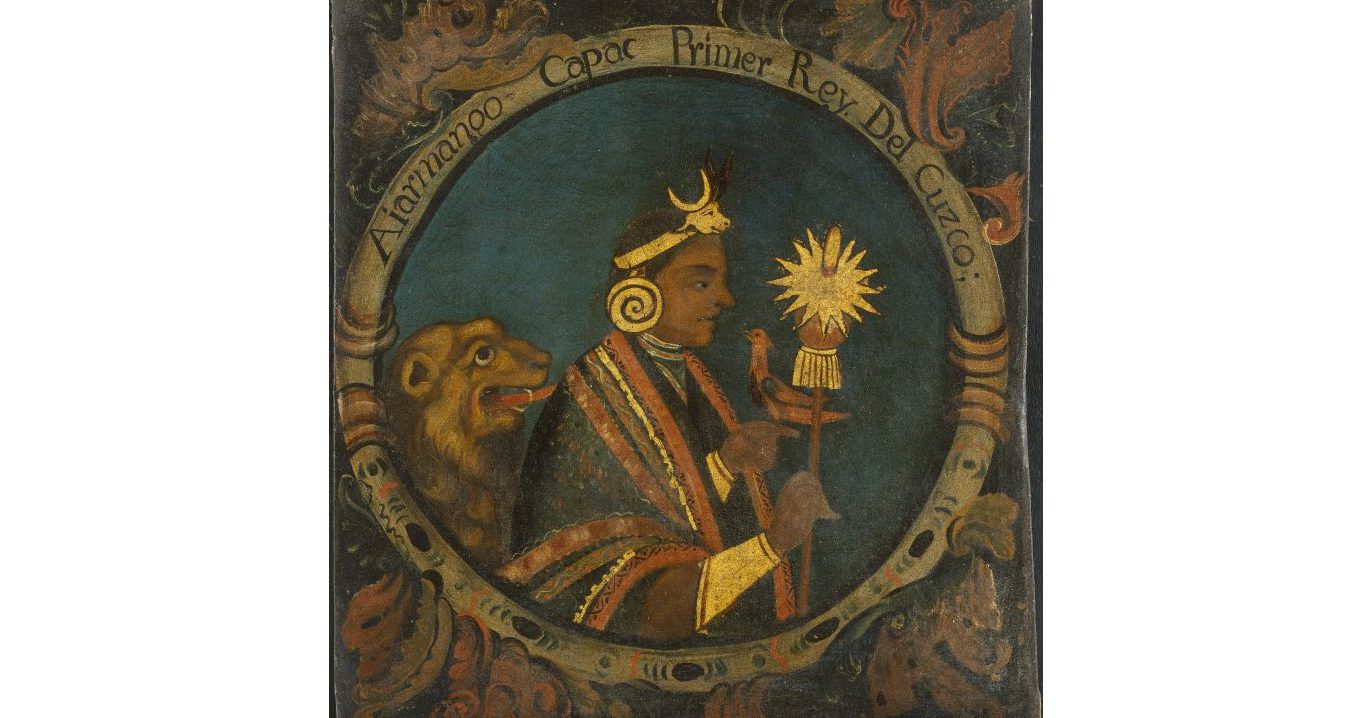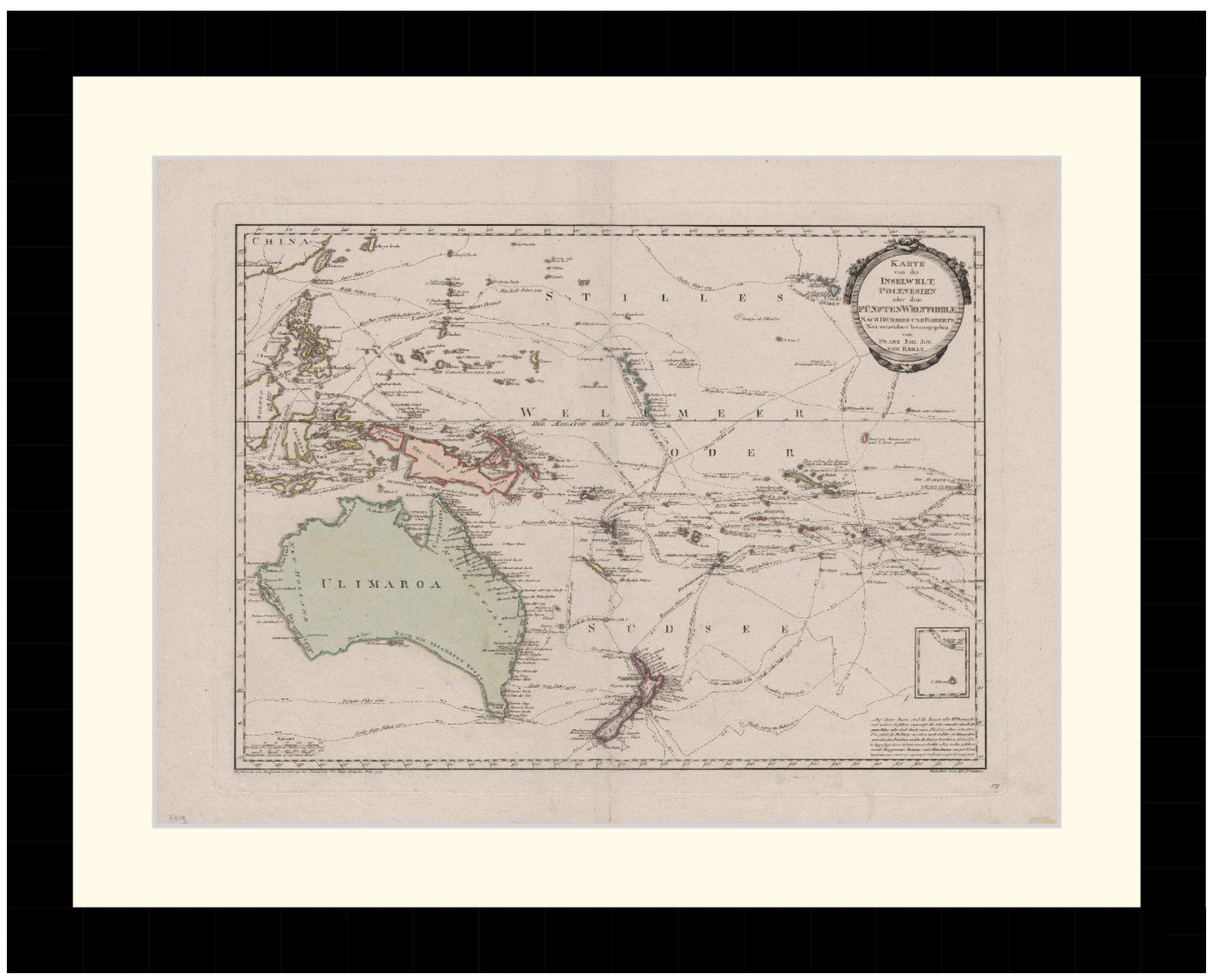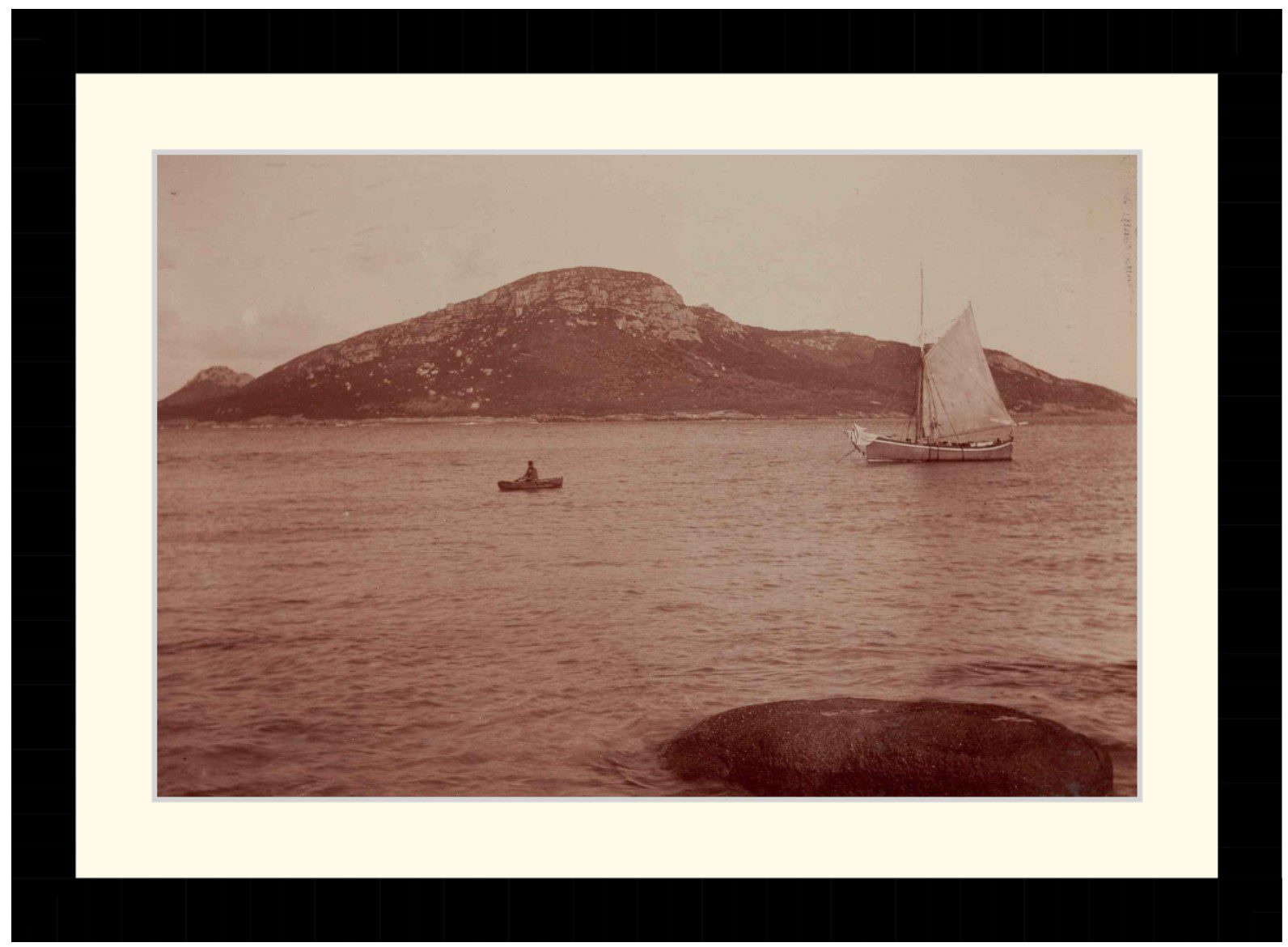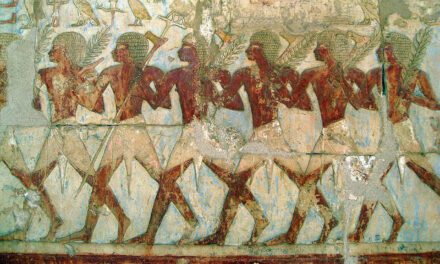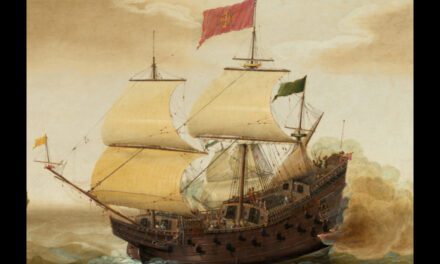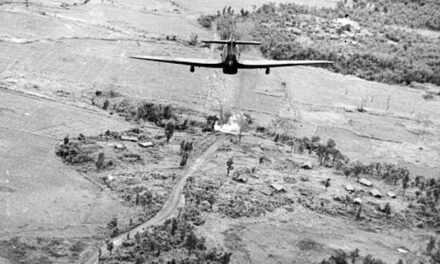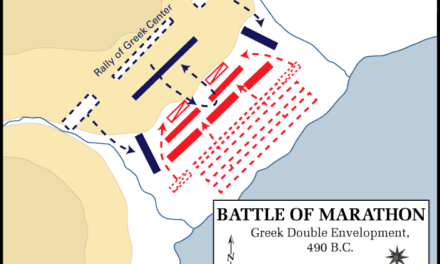The History Guild Weekly History Quiz.
See how your history knowledge stacks up.
Have an idea for a question? Suggest it here and we’ll include it in a future quiz!
Want to know a bit more about the questions in the quiz, or the story behind them? Read on!
1. How much longer could the Apollo 11 lunar module have flown while looking for a landing site on the moon?
25 seconds – The Eagle lunar module landed with 216 pounds (98 kg) of usable fuel remaining. This was sufficient fuel for another 25 seconds of powered flight before they wouldn’t have had enough fuel to leave the moon.
2. Who is credited with writing the world’s first computer program?
Ada Lovelace –
Countess Ada Lovelace, the only daughter of Lord Byron, is credited with generating the first ever computer program in 1843.
Her algorithm which was used to calculate a sequence of Bernoulli numbers, was said to be inspired by punch cards used in mechanical looms at the time. Ada Lovelace day is now celebrated on the 2nd Tuesday in October with the US Department of Defence commemorating her pioneering work by naming the computer language ‘Ada’ after her.
Listen to more about her life here:
3. How many Australian Prime Ministers have died in office?
3 – Joseph Lyons and John Curtin died of Heart Attacks, Harold Holt is suspected to have drowned.
4. What is the device attached to the muzzle of this Lee-Enfield rifle?

Grenade launcher – Adaptation of grenades for use in rifles began around the 18th century, when cup-shaped dischargers were fitted to the barrels of flintlock muskets, with the grenades propelled by the force of a blank cartridge. During the early 20th century a Japanese Colonel Amazawa experimented with rifle fired grenades during the Battle of Port Arthur in the Russo-Japanese War. The French were the first to put it to widespread use during the trench warfare of World War I.
5. When were the terracotta warriors discovered?
1974 – On March 29, 1974, the first in an extensive collection of terracotta warriors was discovered in Xian, China. Local farmers came across pieces of a clay figure, and these shards led to the discovery of an ancient tomb, vast in its size and number of artefacts.
6. Which of these countries were not invaded by Germany during the 20th century?
Finland – Finland was part of the Russian empire during WW1, but escaped German occupation. It was allied to Germany in WW2, and was invaded by the USSR twice. The Netherlands were Neutral during WW1, but were invaded during WW2. Denmark and Latvia were both occupied by Germany during WW2.
7. In 1519 Magellan set off to attempt the first circumnavigation of the globe with 5 ships and 240 sailors. How many returned?
1 ship, 18 sailors – Magellan himself was killed in what became the Philippines half way through the journey, Captain Juan Sebastian Elcano completed the journey. Disease, mutiny and damage to the ships resulted in the enormous attrition of the crews. The expedition still turned a profit, the spices they brought back sold for more than it had cost to outfit the enterprise.
8. How many people are estimated to have died during The Congo War, 1996 – 2006?
5.4 million – Read more about this devastating conflict.
9. Which country experienced a massive economic downturn and civil war after over 58% of the population invested in pyramid schemes?
Albania – The wide appeal of Albania’s schemes can be attributed to several factors, including Albanians’ unfamiliarity with financial markets; the deficiencies of the country’s formal financial system, which encouraged the development of an informal market and, within this market, of the pyramid schemes; and failures of governance.
When Albania started the transition from central planning to a market economy, it was the poorest and most isolated and backward country in Europe. For centuries, Albania had been largely unknown and inaccessible, and, from 1945 to 1985, its isolation was compounded by the rigid communist dictatorship of Enver Hoxha, which eliminated almost all forms of private property and virtually cut the country off from outside influences and information.
The collapse of the pyramid schemes in 1997 lead to mass unrest.The government lost control of the south, many in the army and police force had deserted, and 1 million weapons were looted from the armories. This lead into the Albanian Civil War, in which over 2000 people were killed.
10. In what year did the US Army kill over 150 Sioux Lakota people in the Wounded Knee Massacre?
1890 – Read more about this massacre.
Articles you may also like
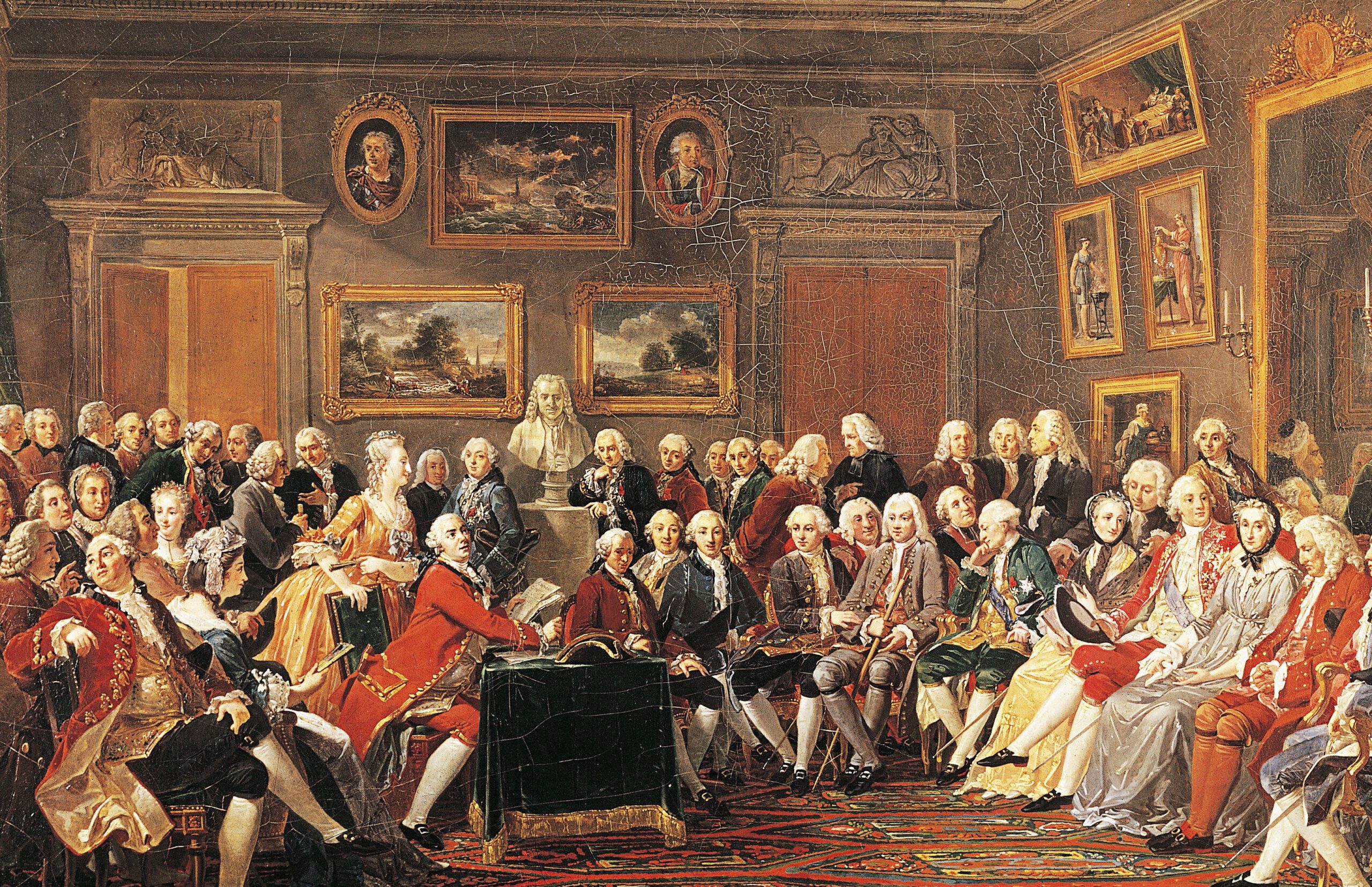
Voltaire and the French Enlightenment – Audiobook
VOLTAIRE AND THE FRENCH ENLIGHTENMENT – AUDIOBOOK By Will Durant (1885 – 1981) n this Little Blue Book Number 512, Will Durant describes François-Marie Arouet, the writer, historian, and philosopher known as Voltaire (1694-1778) as “unprepossessing, ugly, vain, flippant, unscrupulous, even at times dishonest” and “tirelessly kind, considerate, …as sedulous in helping friends as in crushing […]
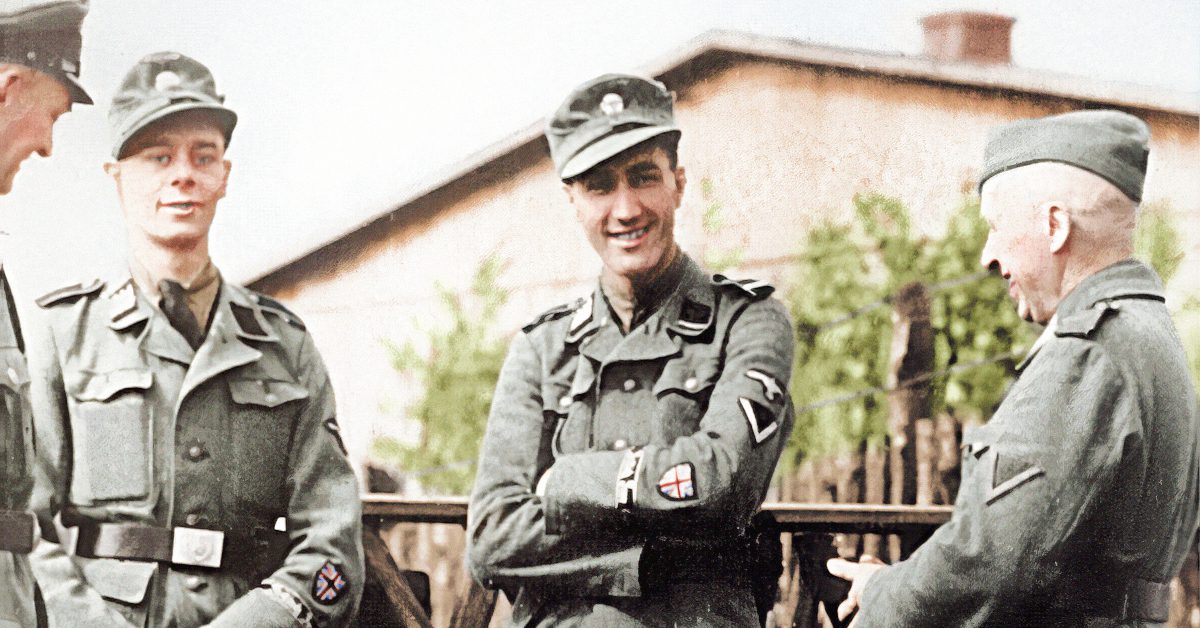
Traitors to King and Country: Inside the British Free Corps, Hitler’s British Legion
Reading time: 11 minutes
From the moment it took power, the Nazis ruled over a German state possessed of two armies. One was the inheritor of the imperial lineage of the First World War, and the second was the Waffen-SS, which grew from a tiny band of Hitler’s most hardened antisemites to a force of nearly a million men from over two dozen nations before its demise.


